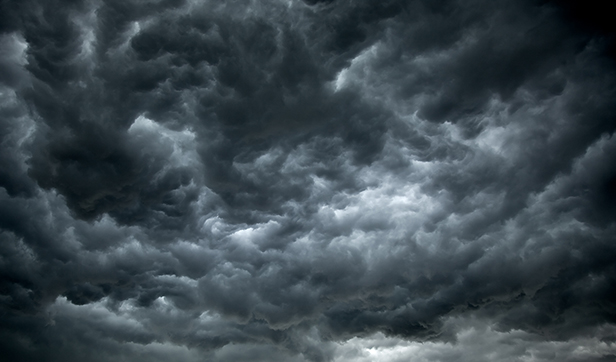
Fine print. Legalese. We’ve all heard these terms used to describe home insurance policies.
But the reality is different. None of the information is “buried,” and policies are actually written in fairly straightforward language.
That said, home insurance policies tend to be quite long, and there’s a good chance that homeowners don’t read every word. But it’s worth taking the time to do so, not just to understand what’s covered and what’s excluded, but also to know what your responsibilities are. This is important because an insurance policy is a two-way street, with responsibilities on both sides.
Most people likely know about their obligation to be truthful to their insurer, and to report if their circumstances (aka their risk profile) are changing – such as moving or getting a tenant. But there are other responsibilities that are less well known. Case in point: the duty to mitigate damage.
What is a homeowner’s duty to prevent further damage?
With severe weather season bearing down on Canadian communities, it’s important to be aware of this condition.
Wordings may vary from insurer to insurer, but your policy almost certainly says something along the lines of:
“The insured…shall take all reasonable steps to prevent further damage” in the event of a loss; and
“The insurer shall contribute proportionally towards any reasonable and proper expenses in connection with steps taken by the insured…”
Let’s look at these two parts separately.
Part 1 – The homeowner’s responsibility
You, as an insured homeowner, have a contractual duty to minimize damage after an insured peril strikes your home (e.g. hail, wind, wildfire). There is good reason for this clause — it is in both your and your insurer's best interest to protect your belongings and keep the damage as contained as possible.
A key word in the condition is “reasonable.” You are not required to do anything that may lead to injury or illness, but you are required to do what you can if it is safe and reasonable in the circumstances to prevent or reduce further damage. Here are some examples of steps you can take:
Wind damage (e.g. missing shingles)
– Use a tarp to temporarily cover the roof if it is safe to do so
– Cover broken vents with plastic or weatherproof tapeFlooded basement
– Move contents to a higher floor to reduce damageHail damage (e.g. broken window)
– Cover the window with plastic to prevent further water damage
If you are not able to do such work yourself, you have options. Contact your insurance provider, who may recommend a contractor to assist you.
Part 2 – The insurance company’s responsibility
If you incur expenses in order to fulfill your end of the contract – that is, to reduce further damage – your insurer will reimburse you for those reasonable costs.
For example, if you rent a shop vac to get water out of your flooded basement. Or you buy tarps to cover your damaged roof. Or you buy plastic covering to install over broken windows to keep more rain from coming in. These are investments you are making to keep the damage from a storm as minimal as possible.
A core tenet of insurance is that it is designed to put you back in the circumstances you had before the disaster struck. You would not have had to pay for these sorts of preventative measures if the event had not occurred, so the insurer is obligated to reimburse those reasonable costs.
A final note: the duty to prevent further loss or damage is a significant consideration in most insurance claims, and failure to take reasonable steps may impact the outcome of your claim. Read your policy to fully understand the terms of the contract with your insurer and speak with your insurance professional about any questions you may have.

